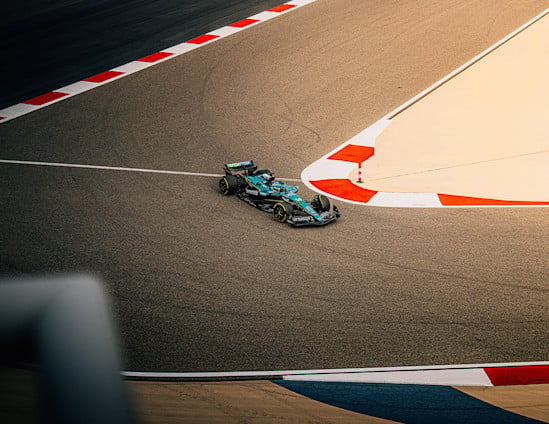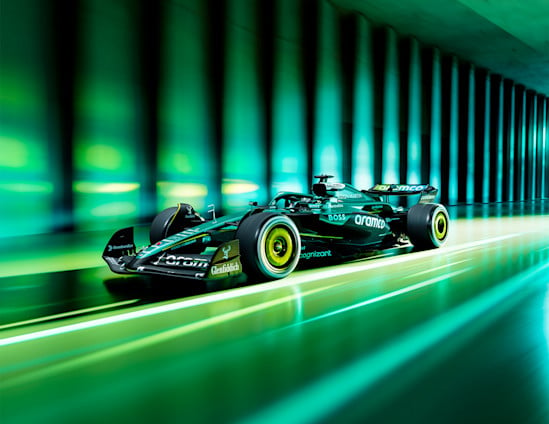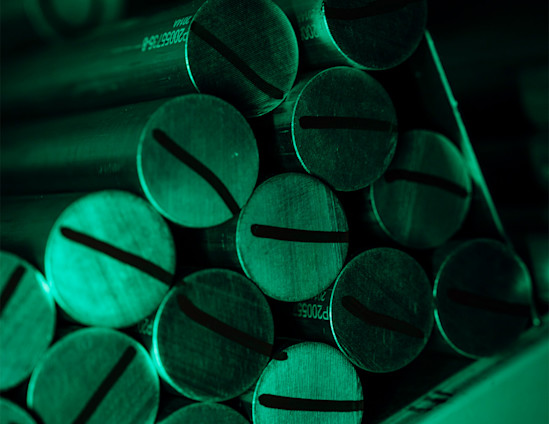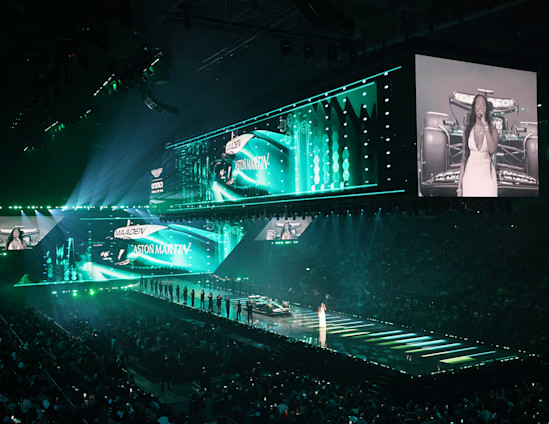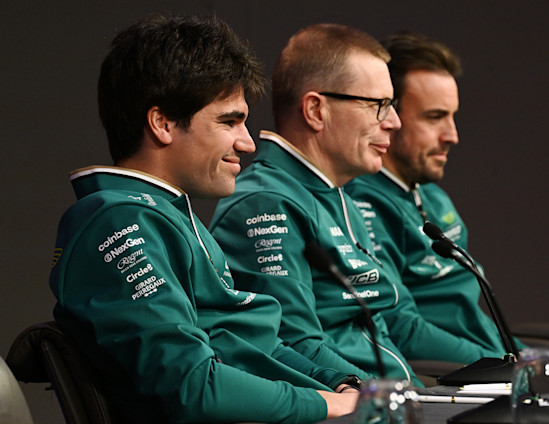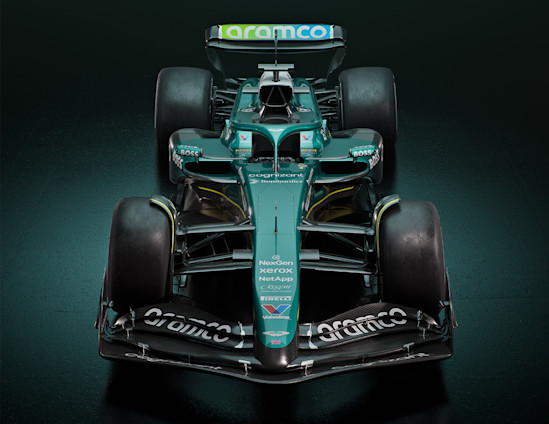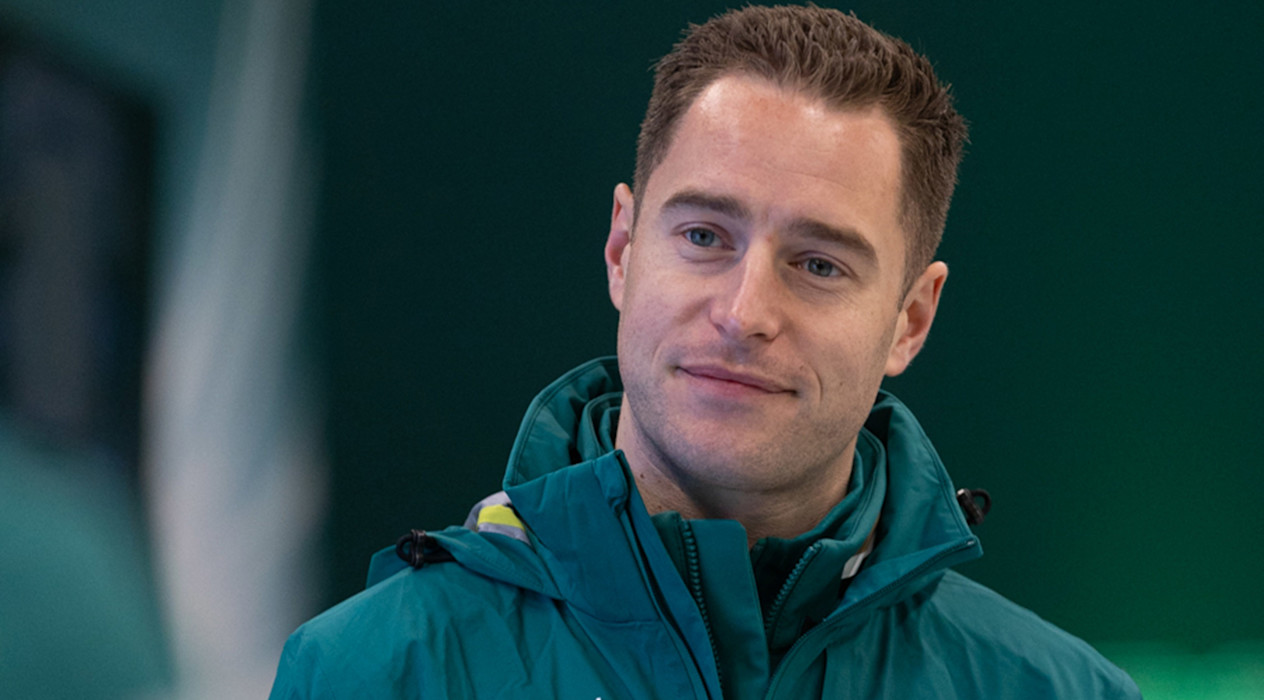
Up to the test. Aston Martin Aramco Test and Reserve driver Stoffel Vandoorne provides an illuminating and must-read guide to pre-season testing.
Fast, analytical, hard-working and the ultimate team player, Stoffel Vandoorne works hand-in-hand with our track, simulation, and engineering teams to drive performance. With 41 Grand Prix starts to his name and a wealth of F1 testing experience, the Belgian has an intimate knowledge of the demands of pre-season testing.
As Lance and Fernando put our new F1 car, the AMR25, through its paces at the Bahrain International Circuit this week before the season gets underway, we caught up with Stoffel to learn more.
This is Stoffel's guide to pre-season testing…
Maximising the time
"With only three days of pre-season testing, you have to make the most of every minute because it's the only opportunity to really understand how the car is behaving and optimise it before the first Grand Prix.
"Over the winter you try to develop a car that will deliver a step forward in performance and testing is the first opportunity you get to feel what's changed – and whether the changes have worked. It's not possible to discover absolutely everything about a new F1 car in just three days of testing, but the team should come away with a clear idea of the areas it needs to work on more and what to focus on for the first race."

When you haven't driven for a couple of months, it feels like everything comes at you very fast at first and it's a bit of a shock to the system – it's almost hard for your eyes to keep up.
The physical challenge
"Driving during the three days is split between you and your team-mate, so you usually only get one and a half days in the car, which is a very small amount of time to get back into the groove and feel 100 per cent ready for the first race.
"Pre-season testing is physically challenging for the drivers because you've not raced for a couple of months. Although drivers will spend a lot of time in the gym, training over the winter and preparing as much as possible to be at peak fitness, nothing comes close to replicating the physical and mental demands of driving an F1 car.
"An area of your body where you really feel it is in your neck. You try to build up the strength of your neck muscles in training, but the best training is driving the car. There's nothing that really prepares you for what you experience in the car with the G forces that are being put on your bodies through the corners and during braking and acceleration.
"It takes a little while to get used to the speed of the cars too. When you haven't driven them for a couple of months, it feels like everything comes at you very fast at first and it's a bit of a shock to the system – it's almost hard for your eyes to keep up – but it's surprising how quickly your body adapts and gets used to it again."
Deciding who's in the cockpit
"Typically, drivers are told when they will be driving a few days before the test. It's helpful to know the schedule beforehand so your mind is clear on it and you know what to expect. The schedule is planned by the engineering team, and they discuss it with the drivers to come up with an optimal plan to achieve the team's objectives throughout the test and to give the drivers the time they need behind the wheel."
The objectives
"Teams run through a programme of what they want to accomplish in testing. Three days is never enough though – you try to do as much as possible, but you can't do everything. It's about setting priorities and establishing what you want to accomplish most of all.
"Day one often sees a lot of aero testing. You're measuring airflow on the car to confirm that what you're seeing and experiencing on track correlates with what all the simulator and wind tunnel work over the winter has been saying.
"It is a critical part of testing because it usually sets the tone for the development that will be needed over the course of the season. Aero testing isn't the most exciting thing for a driver but it's a hugely important task for the team to complete.
"The latter part of testing is probably the most enjoyable because it's typically when you start to look for a bit more performance and even run qualifying simulations. Teams will run the car a bit lighter on fuel, they'll test different tyres, and that's where you start looking for pure performance in the car. For a driver that's the most exciting part of pre-season testing."
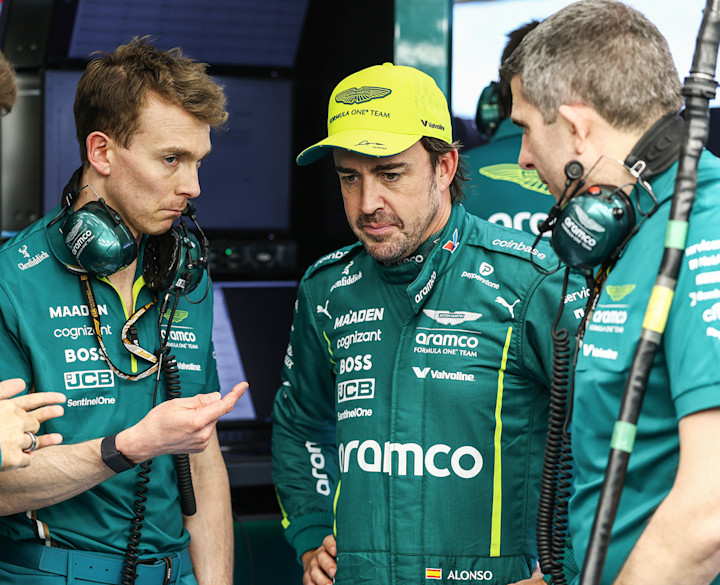
You're in constant dialogue with your engineers. You're relaying feedback, coming up with ideas, discussing solutions – that's how you develop the car.
Getting technical
"The sport increases in complexity year after year, and a driver has to have a good technical understanding to extract the most performance from the car. If you understand the technical aspects and nuances of the car, it can give you an advantage in certain circumstances.
"You're in constant dialogue with your engineers. You're relaying feedback, coming up with ideas, discussing solutions – that's how you develop the car to ensure that it's giving you the confidence to be able to push it to the limit and deliver the quickest laptime.
"You rely a lot on the team to give you the best car possible, and because the simulation tools are so advanced, the engineers are able to do a lot of the work, but a driver is one of the most important sensors in the car. The simulations might say that a particular setup is the optimal one but if you as the driver can't handle the car when it's set up that way, then you won't be able to deliver the quickest laptime."
Making sense of the laptimes
"There are a number of variables which mean the laptimes aren't always representative, but it is possible to get an idea of the competitive picture. The teams try to estimate how much fuel others are running, what power modes on the engine they are running, and analyse the deltas between the different tyre compounds. And then there is the GPS data, which allows teams to monitor the cornering and straight-line speeds of all the cars.
"With all this information, it's possible to get a very rough idea of where you are in the competitive order. However, the true competitive picture doesn't become clear until qualifying, when cars are at their lightest and drivers can push to the maximum."
Get to know Stoffel
Stoffel set a blistering pace in prestigious junior categories on the road to F1, winning a third of the races on his way to the 2015 F2 title. He raced in F1 for two seasons before competing in Formula E where he clinched the title in only his third season in the category, before joining Aston Martin Aramco as Test and Reserve driver.
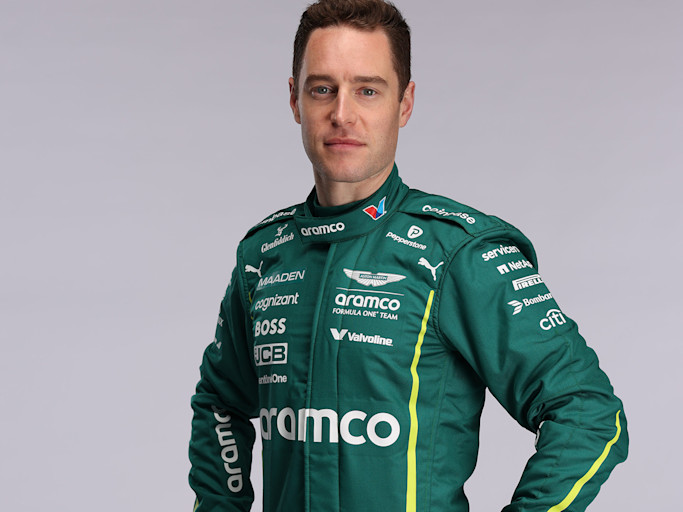
Amplify your fan experience
From exclusive collabs to once-in-a-lifetime prizes, I / AM DROPS is a new series of unique and ultra-limited moments and fan experiences.
Sign up for I / AM or sign in to unlock.


